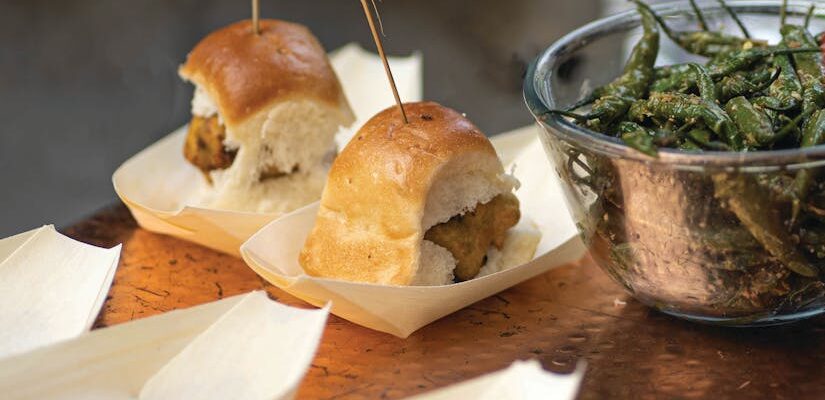Southern Railways: Moving Towards a Thriving Future
Southern Railway, the beating heart of transportation in South India, is experiencing a dynamic resurgence. Not just chugging along, it’s steaming ahead with remarkable growth in both freight and passenger segments, painting a vibrant picture of its commitment to progress and service excellence. Text: B. Guganesan, Chief Public Relations Officer, Southern Railways. Passenger Boom: Southern Railway isn’t just about hauling cargo; it’s about people too. As a passenger-centric zone, it has witnessed a remarkable 12.8% increase in passenger traffic over the previous year. From April to December 2023, over 528 million passengers entrusted their journeys to the zone, generating an impressive Rs. 5254.93 crores in originating passenger revenue – a 12.1% jump compared to last year. This upswing in passenger footfall speaks volumes about the trust and reliance people place on Southern Railway for their travel needs. The zone’s unwavering focus on passenger comfort, enhanced amenities, and operational efficiency is resonating with the masses. Beyond the Numbers: These impressive figures are just the tip of the iceberg. Southern Railway’s commitment to progress extends far beyond mere statistics. The zone is actively engaged in infrastructure development, with a keen focus on modernizing stations, upgrading tracks, and adopting cutting-edge technologies. Streamlining operations to ensure punctuality and safety is another key area of focus. Additionally, passenger-centric initiatives like improved onboard facilities, convenient booking systems, and enhanced customer service are constantly being implemented. Freight Frenzy: The first nine months of the current fiscal year (2023-24) have been nothing short of phenomenal for Southern Railway’s freight operations. With a 6% surge compared to the previous year, the zone has muscled past 29.351 million tonnes of originating freight loading, translating to a robust Rs. 2651 crores in originating freight earnings. This impressive feat is fueled by a diverse set of commodities, ranging from workhorses like coal, iron and steel, and fertilizers to the ever-important iron ore, cement, and food grains. Even dynamic sectors like petroleum products and container traffic have contributed significantly to this freight frenzy, showcasing Southern Railway’s capability to cater to a wide spectrum of logistical needs. Looking Ahead: Southern Railway’s impressive performance in both freight and passenger segments is just the beginning of an exciting journey. The zone’s unwavering commitment to continuous improvement and service excellence is likely to propel it further on its growth trajectory. With dedicated efforts towards infrastructure development, operational streamlining, and customer-centric initiatives, Southern Railway is poised to play an even more pivotal role in connecting people, facilitating trade, and driving India’s economic progress. As the wheels of progress continue to turn, Southern Railway is sure to keep chugging towards a thriving future, leaving a trail of satisfied passengers and efficient logistical solutions in its wake.







